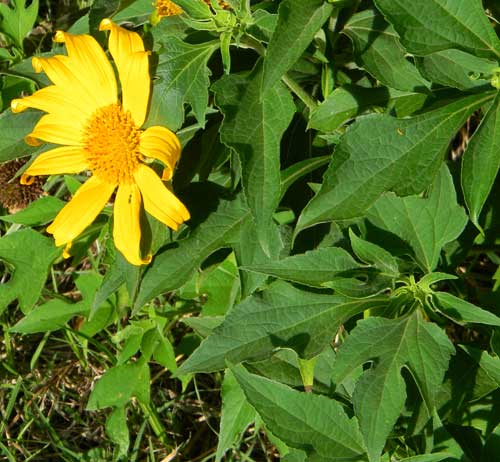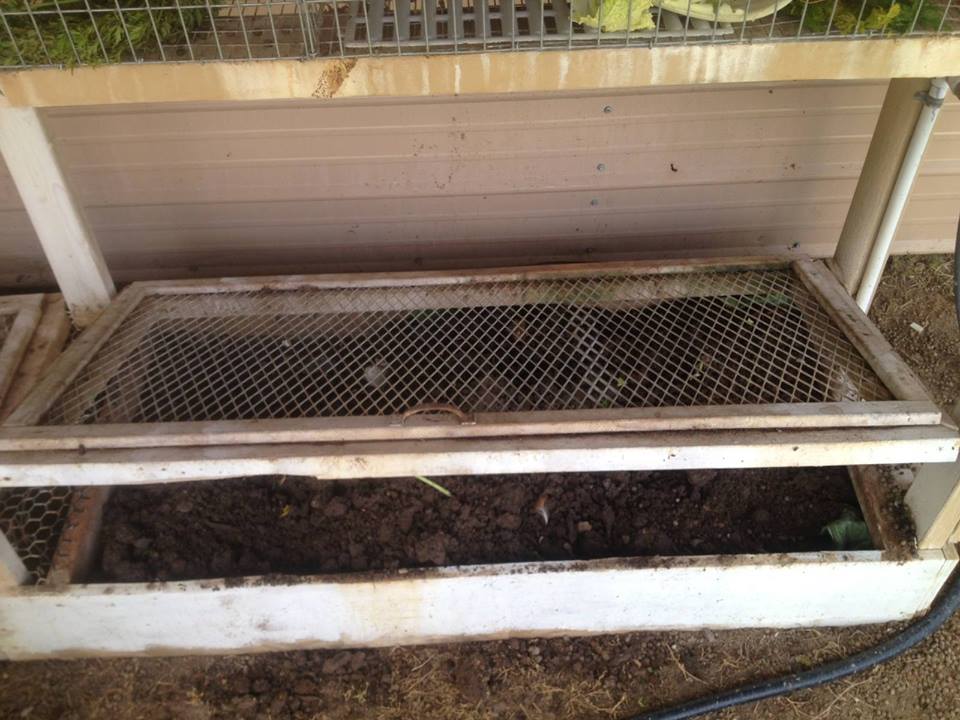
By George Munene
Mexican Marigold (tithonia diversifolia) is for many farmers no more than a menacing weed. For Allan Kamau, a mixed farmer in Kiambu County, however, using the readily available weed known for its characteristic yellow/orange flowers and strong odor has enabled him to eschew expensive store-bought fertilizers.as well as increasing his arrowroot yield.
“Initially, I was using a foliar fertilizer made from water hyacinth, but with a kilogram costing Sh240, I found the price too exorbitant while I did not observe a marked improvement in yield. I embarked on finding more cost-efficient organic fertilizer options,” Allan explained.
A Biological sciences graduate, Allan stumbled on the idea of using tithonia as an organic fertilizer while an intern at Kalro, Kandara. “After reading that it contains a high amount of NPK; Nitrogen, Phosphorus and Potassium and the positive impacts it had had for potato farmers who cut and buried it into trenches, I decided to incorporate it in growing my own tuber crops,” he said.
Related News: Fertilizer manufacture enlisting organic farmers to supply ready market
Related News: Rabbit keeping opens route to organic farming, fertiliser and pest control
On his 30×5-meter plot of arrowroots, the young farmer has applied Mexican Marigold extracted foliar for two seasons now. Not only himself but his neighbors as well attest to an improvement in his crop; “Hizindomazakounazifanyianini?” is a common refrain he gets from neighboring farmers.
Colloquially referred to as maroro, Allan soaks tithonia leaves plucked from a fence on his family home in a container and allows them to rot for three weeks. He fortifies this with ash, crushed eggshells and biogas slurry which enriches the mixture and offers a more complete meal for his crops. Before application, he sieves the mixture before adding equal parts of water.
Ash contains significant amounts of potassium and calcium while providing smaller amounts of phosphorus and magnesium and micro-nutrients like zinc and copper. Eggshells are probably the best natural source of calcium consisting of up to 93 per cent of calcium carbonate as well as trace amounts of minerals and other elements which make it an ideal organic fertilizer. Calcium also acts as an organic pesticide that deters certain pests without the need for chemicals.
He feeds the fertilizer directly onto the tuber stems every week after planting before the plant’s leaves develop their characteristic canopy. “The leaves are often a prominent green with robust stems,” he elatedly observes. Tuber size is directly tied to the size of the feeder stem, consequently, the bigger the stem is the more kilograms one harvest.
Related News: FarmBiz TV:Biochar organic fertilizer gives 50% to 70% yield increase
Having run successful trials on arrowroots, he is planning on observing the performance of a variety of crops such as coffee under its application.
Per infonet biovision, when interplanted with other crops tithonia has been observed to improve yields. This includes vegetables like kale, French beans and tomatoes as well as fodder crops such as Napier grass.
Tithonia also acts as a soil improver. Maize is known to respond well when its leaves and cuttings are applied. The best results are obtained with the application of 5 t/ha of leafy dry matter.
Write comment (0 Comments)
















